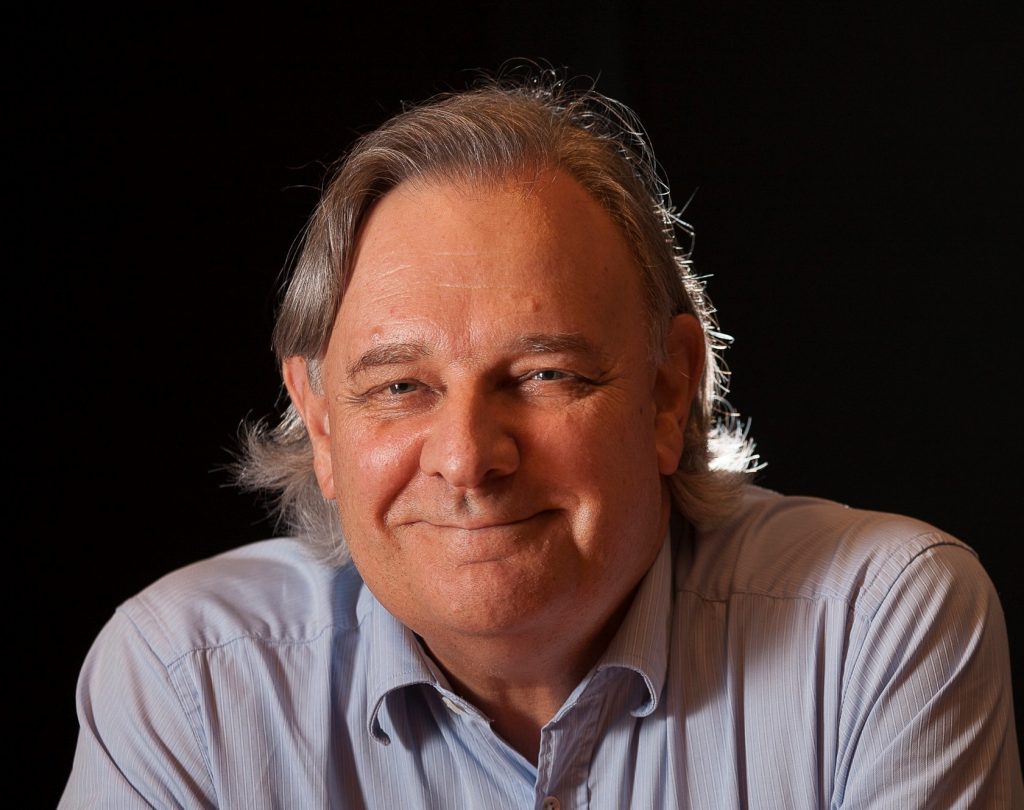Commercialisation the key to making a difference
Professor Peter Gunning shares what he’s learned about bridging the gap between medical research and commercialisation.
With more than 200 published scientific papers and a highly successful academic and research career, Professor Peter Gunning has made huge contributions to medicine and science. And the professor in the School of Biomedical Sciences at UNSW Sydney says commercialisation is a key component in order for research to improve people’s lives.
“If you want to have an impact on the health of people, you have to be thinking of a commercial path,” he says. “I can write 100 scientific papers but for these to have an impact in the real world you have to think, ‘How does that translate? What kind of products need to be developed?’”
Professor Gunning was first involved in a commercialisation project in the mid-1980s when he was working at Stanford University in the United States. “We developed a technology that allowed for the making of large quantities of particular gene products,” he says. For the following 15 years, the technology was licensed to big technology companies, with revenue coming back to the inventors. “Here was a technology we had developed specifically to commercialise, and it was taken up by industry. That was really satisfying.”
Back in Australia in the early 2000s, his work on antibodies that could be used to help look at the structure of a cell was turned into a commercial product and more than 20 years later, those antibodies are still being sold.

Seizing an opportunity
Now Professor Gunning is the co-founder and CEO of TroBio Therapeutics. Since 2018 it has been working on the commercial development of a new class of drugs that target the tropomyosin family of proteins – work that could potentially help treat cancer as well as other conditions.
Currently three drug development patents are being evaluated in the US and Europe, and the company is raising capital to turn the compounds into drugs with increased activity to begin clinical trials.
Professor Gunning says the research community was initially sceptical about the work, because the tropomyosin discoveries involved a fundamental shift in understanding cell architecture. “But now the attitude has shifted in the academic community and that helps in the commercial world.”
When raising funds, a highly innovative, new type of project can be a stumbling block to some investors who don’t have a high appetite for risk. “We’re not pursuing popular therapies such as immunotherapy, so investors have to have confidence that something completely out of left-field is worth the risk,” Professor Gunning says.
Commercialisation is a dynamic process
One of the many things he has learnt in his various commercialisation journeys is that the process is dynamic, and goals sometimes need to change along the way.
“In our situation we have products relevant to different human health conditions, including all cancers, patients with overproduction of platelets and fibrosis, so one of the decisions you revisit periodically is, ‘What is the focus?’. You can’t be all things to all people, so what is the real clinical opportunity that you need to focus your activity on?”
Despite their experience in commercialisation, Professor Gunning’s co-founder Professor Edna Hardeman suggested they both complete NSW Health’s free Commercialisation Training Program. “I was a bit cynical about it,” Professor Gunning admits. “I thought, is this really worth doing? For three days we really immersed ourselves in it, and after day one, I was thinking, ‘Wow, this is fantastic, why didn’t we do this earlier?’. The people who run the course – just wow! Really impressive. If you’re commercialising something in the medical area, you have to do this (course). It’s just going to cut out a lot of potential mistakes that you’re going to make. One of the main things I got out of it was the disciplined approach to commercialisation – the systematic ways of doing things to save you wasting an enormous amount of time.”
Updated 2 years ago